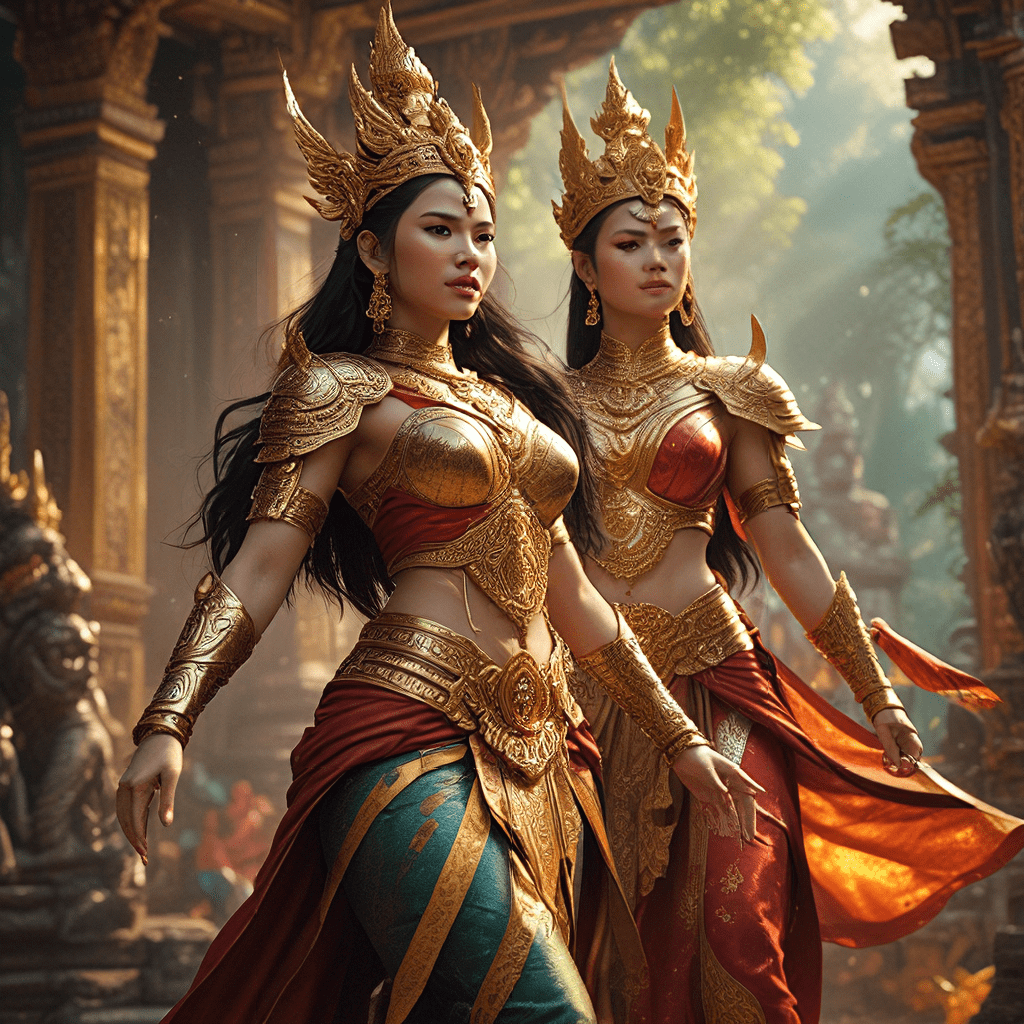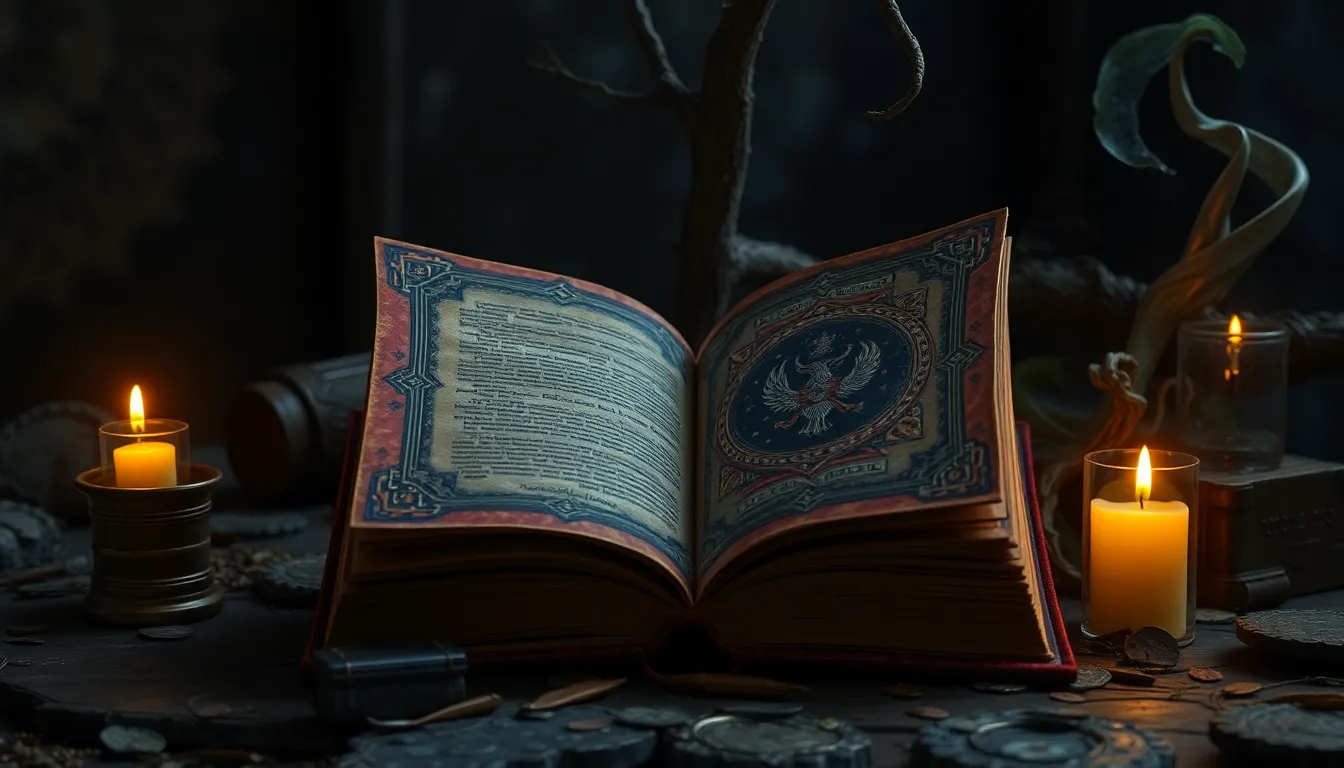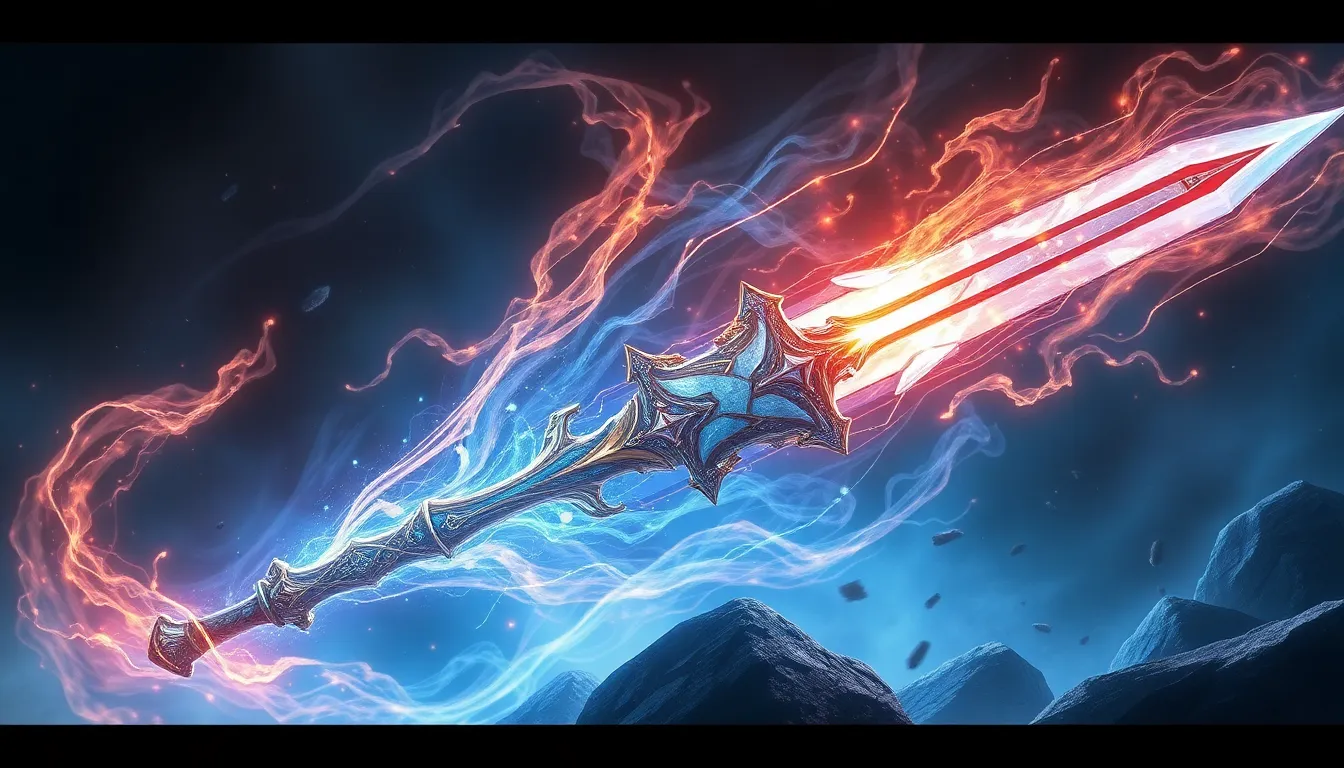Thai Myths: Legends of Courage and Heroism
The Pantheon of Thai Mythology: A Tapestry of Gods and Goddesses
Thai mythology is a captivating tapestry woven with tales of gods, goddesses, spirits, and heroes. These stories, passed down through generations, offer a glimpse into the beliefs and values of the Thai people. At the heart of this vibrant mythology sits a pantheon of powerful deities, each with their own unique domains and roles. Brahma, the creator, is revered as the architect of the universe. Vishnu, the preserver, upholds cosmic balance and protects the world from chaos. Shiva, the destroyer, represents the cyclical nature of life and death. These three deities, collectively known as the Trimurti, are integral to the Thai understanding of the universe and its workings.
Beyond the Trimurti, the Thai pantheon is populated by a diverse cast of gods and goddesses, each with their own stories and powers. Indra, the king of the gods, rules over the celestial realm and wields the power of thunder and lightning. Yama, the god of death, oversees the afterlife and guides souls to their final destination. Other notable deities include Surya, the sun god, Chandra, the moon goddess, and Agni, the fire god. These deities play significant roles in Thai folklore, often intervening in the lives of mortals and shaping the course of events.
The Concept of Heroism in Thai Mythology: Beyond Mortal Limits
The concept of heroism in Thai mythology is intricately tied to the belief in karma, reincarnation, and the interconnectedness of all beings. Heroes are not merely individuals who achieve great feats, but those who embody virtues like compassion, courage, and selflessness. These virtues transcend the limitations of earthly existence, connecting them to the divine realm and earning them respect and admiration.
Thai heroes often display a remarkable capacity for sacrifice, placing the well-being of others above their own. They defy mortal limitations, facing down supernatural threats, and embodying the ideals of righteousness and justice. Their stories transcend the boundaries of time, serving as timeless lessons for generations to come, reminding them of the importance of virtue and the enduring power of the human spirit.
Phra Apai Mani: The Legendary Prince and the Power of Sacrifice
One of the most celebrated heroes in Thai mythology is Phra Apai Mani, the legendary prince whose story epitomizes selflessness and sacrifice. As a young prince, he is gifted with magical powers but chooses to use his abilities for the good of others. He faces countless challenges, battling supernatural beings and protecting the innocent. Phra Apai Mani's greatest act of sacrifice comes when he willingly gives up his own life to save his kingdom from a terrible curse. His story is a testament to the power of sacrifice and the enduring legacy of a hero who chooses to serve a higher purpose.
Khun Chang Khun Phaen: Love, Betrayal, and the Tragic Fate of a Warrior
The story of Khun Chang Khun Phaen is a classic Thai tale of love, betrayal, and the tragic consequences of pride. Khun Chang, a powerful warrior, is deeply in love with a beautiful woman named Nang Wan. However, their love is threatened by Khun Phaen, a rival who also desires Nang Wan. The rivalry between the two warriors escalates, leading to a series of betrayals, battles, and ultimately, a tragic ending. This epic tale explores the complexities of human emotions, the destructive nature of jealousy, and the lasting impact of choices made in the heat of passion.
Suvanna Mahad Thai: The Golden Princess and the Triumph of Compassion
Suvanna Mahad Thai, the golden princess, is a beloved figure in Thai mythology. She is renowned for her beauty, wisdom, and unwavering compassion. Suvanna Mahad Thai is known for her courage and her ability to navigate treacherous situations with grace and intelligence. She embodies the ideal of a benevolent ruler, using her power to alleviate suffering and promote justice. Her story serves as an inspiration for generations of Thai women, reminding them of the importance of compassion, wisdom, and the power of a strong and compassionate heart.
The Ramakien: A Tale of Divine Intervention and Epic Battles
The Ramakien, Thailand's national epic, is a cornerstone of Thai culture and a testament to the enduring power of storytelling. Inspired by the Indian epic Ramayana, the Ramakien tells the tale of Rama, a valiant prince, and his quest to rescue his beloved wife Sita from the clutches of the demon king Ravana. The Ramakien is a complex and multi-layered story that blends elements of mythology, history, and philosophy.
At the heart of the Ramakien lies a battle between good and evil, where Rama embodies righteousness, bravery, and unwavering loyalty. Ravana, on the other hand, represents the forces of darkness, treachery, and lust. The story unfolds in a world populated by gods, demons, and mortals, where divine intervention plays a crucial role in shaping the destiny of heroes and villains alike.
The Ramakien is not simply a tale of epic battles and supernatural feats. It is a story that explores the complexities of human relationships, the power of love, and the importance of duty. Rama's unwavering devotion to Sita and his willingness to sacrifice everything for her honor are central to the narrative. He faces countless challenges, battling ferocious demons, navigating treacherous landscapes, and ultimately triumphing over evil through his courage, wisdom, and unwavering spirit.
The Importance of Honor and Duty: The Defining Characteristics of Thai Heroes
Honor and duty are two defining characteristics of Thai heroes. These virtues are deeply ingrained in Thai culture, shaping the actions and motivations of characters in Thai mythology. Thai heroes like Phra Apai Mani, Khun Chang, and Rama are driven by a strong sense of honor that compels them to protect the innocent, uphold justice, and fulfill their responsibilities to their families, communities, and kingdoms. They are willing to sacrifice their own well-being for the sake of others, demonstrating a commitment to duty that transcends personal gain.
These heroes are held up as models of righteous behavior. Their stories teach valuable lessons about the importance of integrity, selflessness, and unwavering commitment to principles. These values are not confined to the realm of mythology. They resonate deeply in Thai society, shaping the way people interact, conduct business, and govern themselves.
The Role of Supernatural Beings: Spirits, Demons, and the Divine Realm
Thai mythology is populated by a diverse cast of supernatural beings, each with their own unique powers and roles. Spirits, demons, and gods all play significant roles in shaping the destinies of mortals and influencing the course of events. Spirits are believed to inhabit the natural world, often interacting with humans and influencing their lives. These spirits can be benevolent or malevolent, depending on their nature and their relationship with humans.
Demons, on the other hand, are often depicted as malevolent beings who seek to cause harm and spread chaos. They represent the forces of darkness and temptation, challenging the heroes and threatening their well-being. The divine realm is home to gods and goddesses who intervene in the affairs of mortals, dispensing justice, providing guidance, and often shaping the outcomes of important battles. The interaction between mortals and supernatural beings adds an element of wonder and unpredictability to Thai mythology.
The Influence of Thai Mythology on Contemporary Culture
Thai mythology has had a profound influence on contemporary Thai culture, shaping everything from art and literature to music, dance, and theater. The Ramakien, in particular, has been a constant source of inspiration for artists and performers. The epic has been adapted into numerous forms of art, including traditional Thai dance, puppet shows, and contemporary plays. The story's themes of love, loyalty, and the triumph of good over evil continue to resonate with audiences today.
Thai mythology is also evident in popular culture, appearing in television shows, films, and video games. These adaptations often reinterpret classic tales for a modern audience, weaving in contemporary themes and addressing issues relevant to the present day. However, the core elements of Thai mythology, such as the emphasis on honor, duty, and the interconnectedness of all beings, remain central to these retellings.
Modern Adaptations and Reinterpretations of Thai Heroism
Modern adaptations and reinterpretations of Thai mythology often explore new dimensions of heroism, reflecting contemporary challenges and societal values. While traditional stories celebrate the bravery of warriors and the wisdom of kings, modern adaptations often focus on the heroism of ordinary individuals overcoming difficult circumstances. These adaptations might feature heroes who are not traditional warriors but doctors, teachers, or social activists who fight for justice, equality, and the well-being of their communities.
These modern narratives, while drawing inspiration from the past, offer a fresh perspective on what it means to be a hero in the 21st century. They acknowledge the changing social landscape, the complexities of modern life, and the challenges that individuals face in navigating a globalized world. They also highlight the importance of courage, resilience, and compassion in confronting contemporary issues such as poverty, environmental degradation, and social inequality.
FAQ
1. What are the most important values embodied by Thai heroes?
Thai heroes are known for their unwavering commitment to honor and duty. They prioritize the well-being of others, demonstrating selflessness, courage, and a strong sense of justice.
2. How does Thai mythology portray the role of women?
While Thai mythology often features strong male heroes, it also showcases powerful women who embody wisdom, compassion, and courage. Figures like Suvanna Mahad Thai, the golden princess, exemplify the ideal of a benevolent ruler who uses her power for good.
3. In what ways has Thai mythology influenced contemporary culture?
Thai mythology continues to inspire artists, writers, and performers. The Ramakien, in particular, has been adapted into various forms of art, including traditional dance, puppet shows, and contemporary plays. Themes from Thai mythology also appear in popular culture, shaping movies, television shows, and video games.
4. How do modern adaptations of Thai mythology reflect contemporary society?
Modern adaptations of Thai mythology often explore new dimensions of heroism, reflecting contemporary challenges and societal values. They may feature ordinary individuals who overcome difficult circumstances, highlighting the importance of courage, resilience, and compassion in addressing modern issues.



